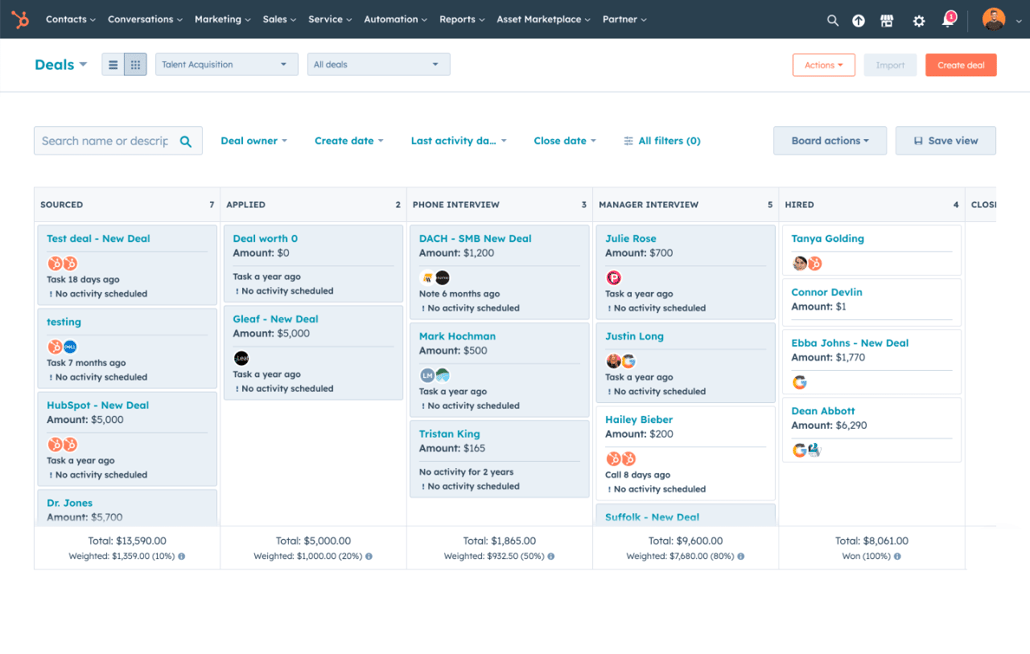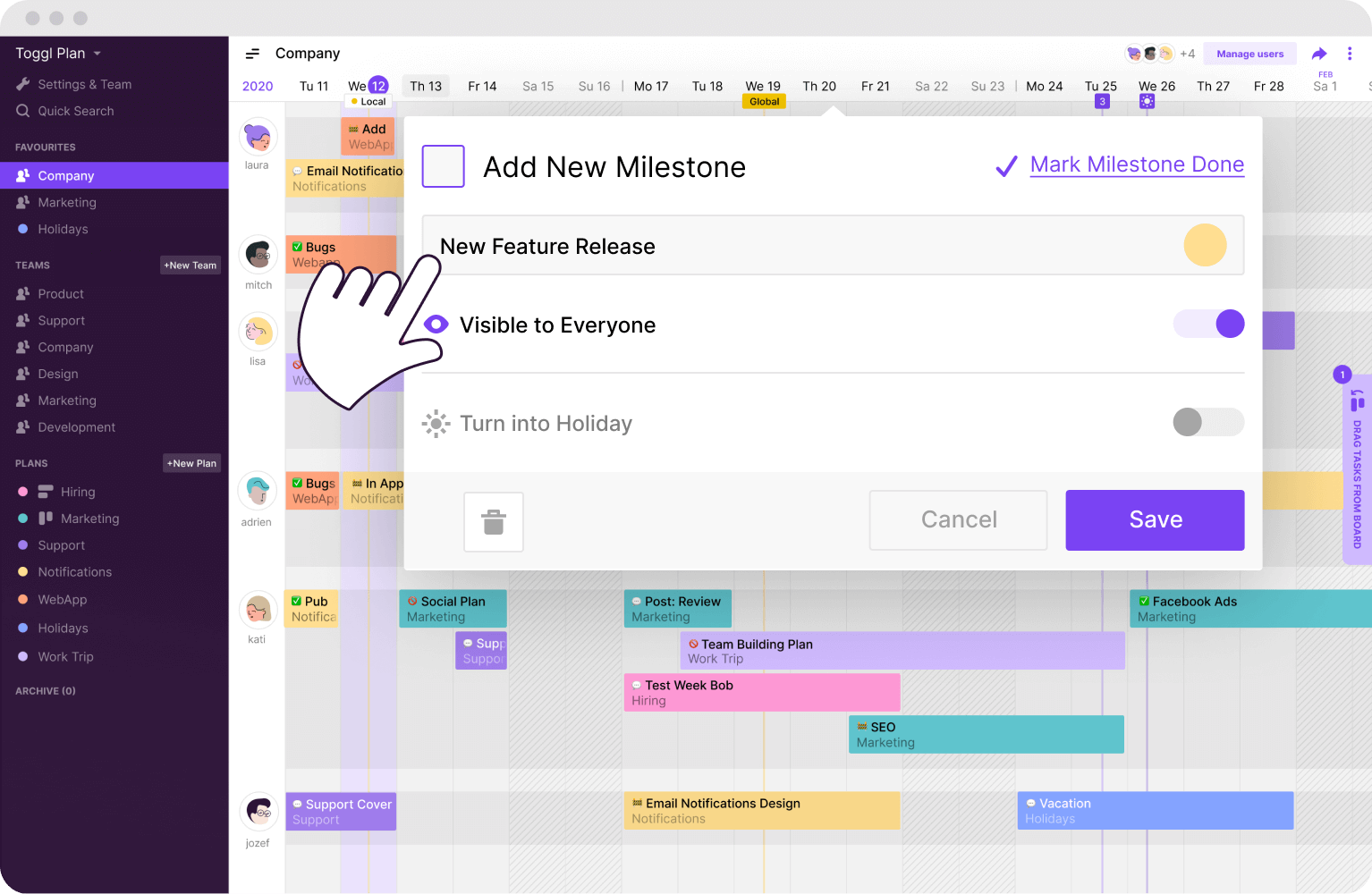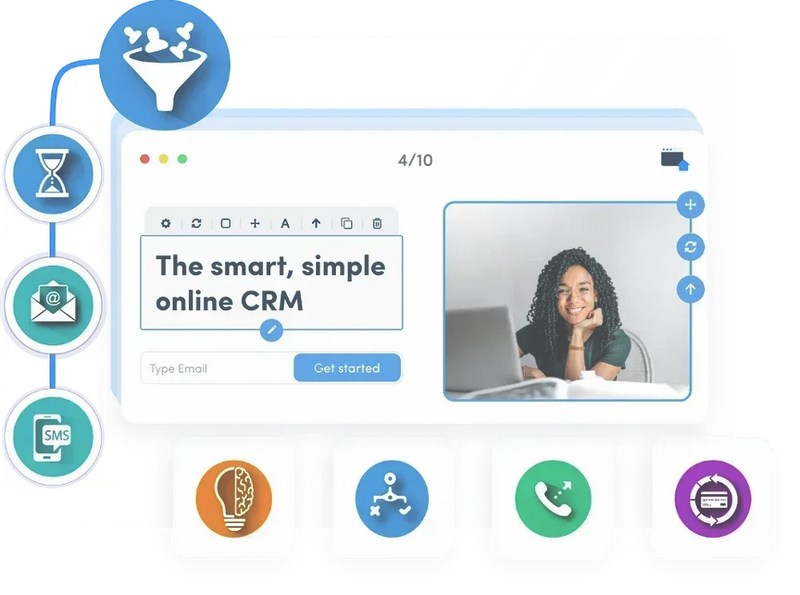Small Business CRM Optimization in 2025: Strategies to Thrive and Scale

Small Business CRM Optimization in 2025: Strategies to Thrive and Scale
The world of business is perpetually evolving, and small businesses, the engines of innovation and economic growth, must adapt to stay ahead. Customer Relationship Management (CRM) systems are no longer just a luxury; they’re a necessity for any small business aiming for sustainable success. As we approach 2025, the landscape of CRM is undergoing significant transformations, driven by advancements in technology, evolving customer expectations, and the increasing importance of data-driven decision-making. This comprehensive guide delves into the crucial aspects of CRM optimization for small businesses in 2025, providing actionable strategies to not only survive but to thrive and scale.
Understanding the Shifting CRM Landscape
Before diving into specific optimization strategies, it’s essential to understand the context. The CRM landscape is being reshaped by several key trends:
- Artificial Intelligence (AI) Integration: AI is no longer a futuristic concept; it’s a present-day reality in CRM. AI-powered tools are automating tasks, providing predictive analytics, and personalizing customer interactions.
- Hyper-Personalization: Customers expect personalized experiences. CRM systems are becoming more sophisticated in capturing and utilizing data to deliver tailored interactions.
- Mobile-First Approach: The increasing use of mobile devices demands CRM systems that are fully optimized for mobile access, enabling on-the-go management of customer relationships.
- Data Privacy and Security: With growing concerns about data privacy, CRM systems must prioritize security measures and comply with regulations such as GDPR and CCPA.
- Integration and Automation: The ability to integrate with other business tools and automate workflows is becoming increasingly important for efficiency.
Core Principles of CRM Optimization for Small Businesses
Optimizing your CRM system isn’t just about implementing new features; it’s about aligning your CRM strategy with your business goals and customer needs. Here are some core principles to guide your optimization efforts:
1. Define Clear Objectives
What do you want to achieve with your CRM? Increased sales? Improved customer retention? Enhanced customer satisfaction? Define specific, measurable, achievable, relevant, and time-bound (SMART) goals. This will guide your optimization efforts and allow you to track your progress effectively.
2. Choose the Right CRM System
Not all CRM systems are created equal. Select a system that fits your business size, industry, and specific needs. Consider factors such as:
- Scalability: Can the system grow with your business?
- Ease of Use: Is it user-friendly for your team?
- Features: Does it offer the features you need, such as sales automation, marketing automation, and customer service tools?
- Integration: Does it integrate with your existing tools, such as email marketing platforms and accounting software?
- Cost: Is it affordable for your budget?
3. Data Quality is Paramount
Your CRM is only as good as the data it contains. Invest in data cleansing and enrichment to ensure accuracy and completeness. Regularly review and update your data to avoid inaccuracies. Implement data validation rules to prevent bad data from entering the system.
4. Focus on User Adoption
A CRM system is useless if your team doesn’t use it. Provide adequate training and support to ensure that your team understands how to use the system and appreciates its value. Make the system user-friendly and easy to navigate. Encourage adoption by highlighting the benefits of using the CRM and recognizing those who are actively using it.
5. Continuous Improvement
CRM optimization is not a one-time effort. Regularly review your CRM strategy, track your results, and make adjustments as needed. Stay informed about the latest CRM trends and technologies to identify opportunities for improvement. Gather feedback from your team and customers to identify areas for improvement.
Practical Optimization Strategies for 2025
Now, let’s dive into specific strategies you can implement to optimize your CRM in 2025:
1. Leverage AI-Powered Features
AI is revolutionizing CRM. Here’s how to leverage AI to your advantage:
- Predictive Analytics: Use AI to predict customer behavior, identify potential sales opportunities, and anticipate customer needs.
- Chatbots and Virtual Assistants: Implement AI-powered chatbots to provide instant customer support and automate routine tasks.
- Automated Data Entry: Use AI to automate data entry, reducing manual effort and improving data accuracy.
- Lead Scoring: Use AI to score leads based on their likelihood of converting, allowing your sales team to prioritize their efforts.
2. Enhance Personalization
Personalization is key to customer satisfaction. Implement these strategies:
- Segment Your Customers: Divide your customers into segments based on their demographics, behavior, and preferences.
- Personalize Emails and Communications: Use customer data to personalize your email campaigns, website content, and other communications.
- Offer Personalized Recommendations: Recommend products or services based on customer preferences and purchase history.
- Track Customer Interactions: Track customer interactions across all channels to gain a 360-degree view of each customer.
3. Optimize for Mobile
Ensure your CRM is accessible and functional on mobile devices:
- Choose a Mobile-Friendly CRM: Select a CRM system that offers a dedicated mobile app or a responsive web interface.
- Enable Push Notifications: Use push notifications to alert your team about important updates and tasks.
- Optimize for On-the-Go Access: Ensure your team can access customer data, update records, and manage tasks from their mobile devices.
4. Integrate with Other Business Tools
Integration streamlines workflows and improves efficiency:
- Integrate with Email Marketing Platforms: Synchronize your CRM with your email marketing platform to automate email campaigns and track performance.
- Integrate with Social Media: Connect your CRM with your social media accounts to monitor social media activity, track mentions, and engage with customers.
- Integrate with Accounting Software: Integrate your CRM with your accounting software to streamline the sales process and track revenue.
- Integrate with Communication tools: Connect your CRM with communication tools like Slack or Microsoft Teams to improve collaboration.
5. Automate Workflows
Automation saves time and reduces errors:
- Automate Sales Processes: Automate tasks such as lead assignment, follow-up emails, and sales reports.
- Automate Marketing Campaigns: Automate email marketing campaigns, social media posting, and other marketing activities.
- Automate Customer Service Tasks: Automate tasks such as ticket routing, knowledge base updates, and customer feedback collection.
6. Prioritize Data Security and Privacy
Data security and privacy are paramount. Implement these measures:
- Choose a Secure CRM System: Select a CRM system that offers robust security features, such as data encryption, access controls, and regular security audits.
- Comply with Data Privacy Regulations: Ensure your CRM practices comply with data privacy regulations such as GDPR and CCPA.
- Train Your Team on Data Security: Train your team on data security best practices to prevent data breaches.
Measuring Success and Iterating
Optimization is an ongoing process. To ensure your CRM is delivering results, you need to:
- Track Key Performance Indicators (KPIs): Identify the KPIs that are most relevant to your business goals, such as sales revenue, customer acquisition cost, customer retention rate, and customer satisfaction.
- Analyze Your Data: Regularly analyze your CRM data to identify trends, patterns, and areas for improvement.
- Gather Feedback: Collect feedback from your team and customers to understand their experiences and identify areas where you can improve your CRM strategy.
- Make Adjustments: Based on your analysis and feedback, make adjustments to your CRM strategy and processes.
Choosing the Right CRM for 2025
The CRM market is vast, and choosing the right system can be daunting. Here are some popular CRM options for small businesses in 2025, considering their strengths:
- HubSpot CRM: Known for its user-friendliness, free plan, and robust marketing automation features. Excellent for businesses focused on inbound marketing.
- Zoho CRM: A versatile and affordable option with a wide range of features, suitable for various business types.
- Salesforce Sales Cloud: A powerful and scalable CRM, ideal for businesses that need advanced features and customization options. However, it can be more complex and expensive for smaller businesses.
- Pipedrive: Focused on sales pipeline management, Pipedrive is known for its intuitive interface and strong sales-focused features.
- Freshsales: A user-friendly CRM with built-in phone and email capabilities, suitable for businesses that prioritize sales communication.
When selecting a CRM, consider factors like your budget, the size of your team, the complexity of your sales process, and the specific features you need. Prioritize systems that offer ease of use, integration capabilities, and scalability.
The Future of CRM: What to Expect Beyond 2025
The evolution of CRM is far from over. Looking beyond 2025, we can anticipate further advancements:
- Even More Sophisticated AI: AI will become even more integrated, offering more predictive capabilities, personalized recommendations, and automated tasks.
- The Rise of No-Code/Low-Code CRM: CRM systems will become more accessible, allowing businesses to customize and integrate without extensive coding knowledge.
- Greater Emphasis on Customer Experience: CRM will evolve to encompass the entire customer journey, with a focus on delivering seamless and personalized experiences across all touchpoints.
- Increased Integration with the Metaverse: As the metaverse evolves, CRM systems may integrate with virtual environments, allowing businesses to interact with customers in new and immersive ways.
Conclusion: Embracing CRM Optimization for Small Business Success
CRM optimization is not a one-time project; it’s an ongoing process that requires dedication, planning, and a commitment to continuous improvement. By embracing the strategies outlined in this guide, small businesses can leverage the power of CRM to enhance customer relationships, streamline operations, and drive sustainable growth. As we move into 2025 and beyond, businesses that prioritize CRM optimization will be well-positioned to navigate the evolving business landscape, adapt to changing customer expectations, and achieve lasting success. Remember to stay informed about emerging trends, regularly evaluate your CRM strategy, and be prepared to adapt and innovate to stay ahead of the curve. The future of your small business may very well depend on it.





